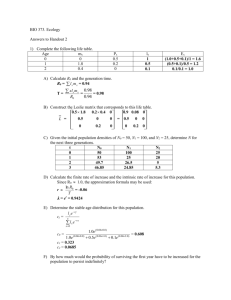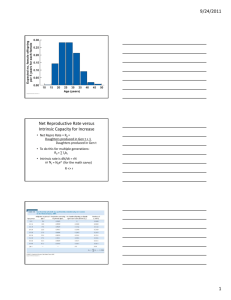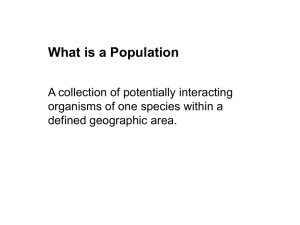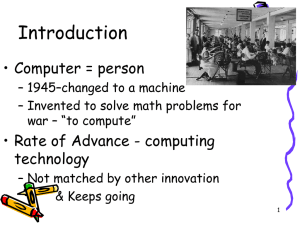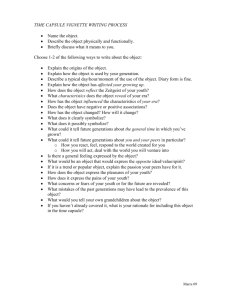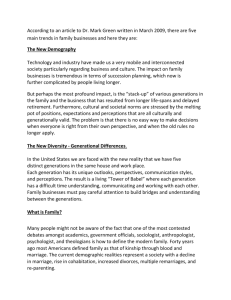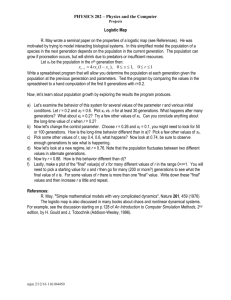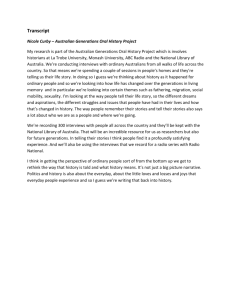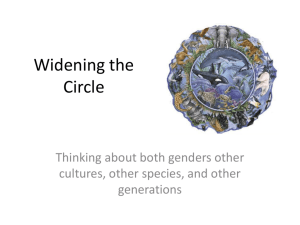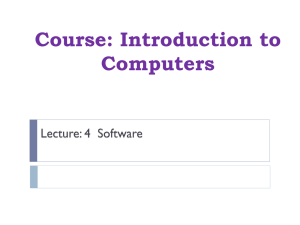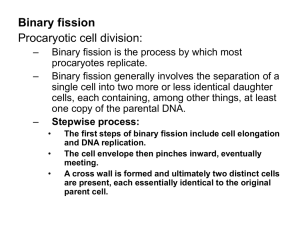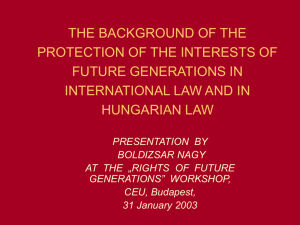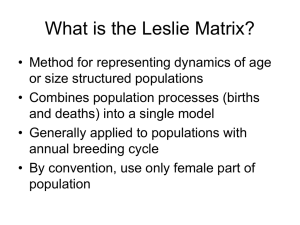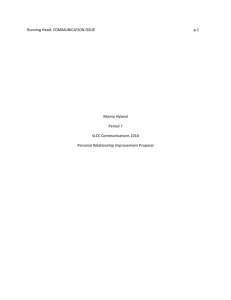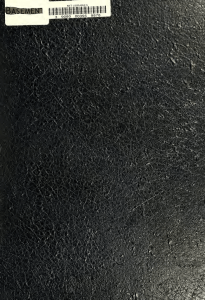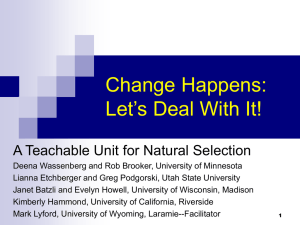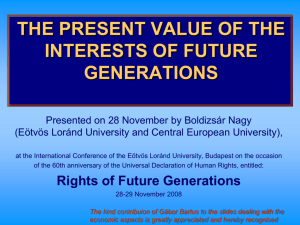357 Handout 2
advertisement
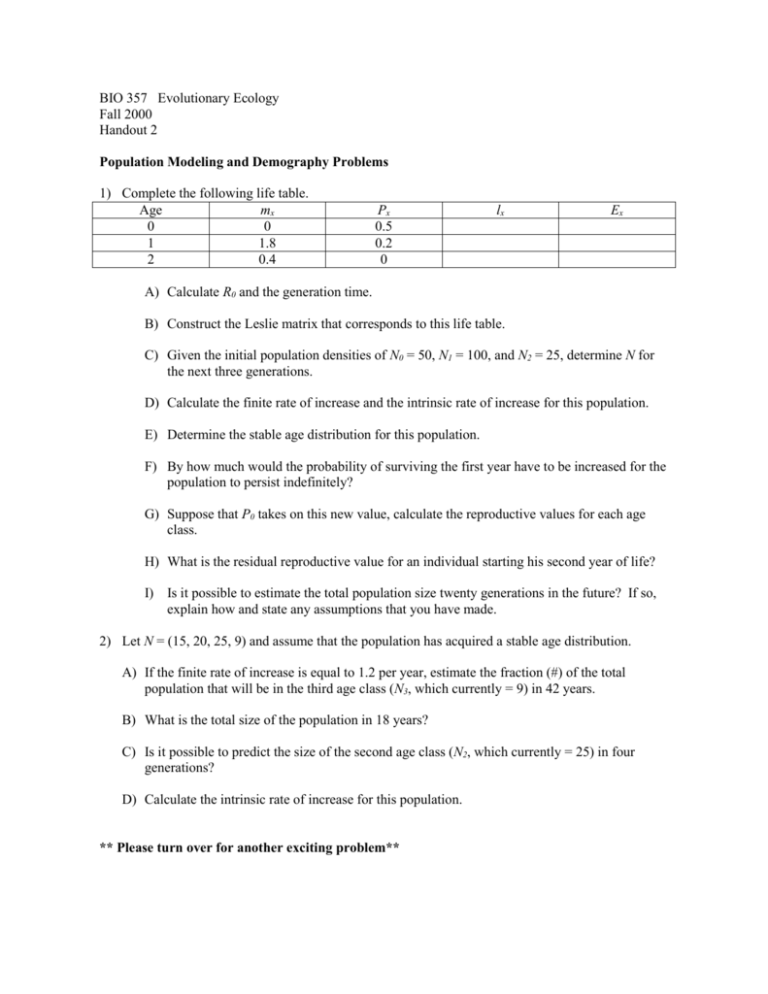
BIO 357 Evolutionary Ecology Fall 2000 Handout 2 Population Modeling and Demography Problems 1) Complete the following life table. Age mx 0 0 1 1.8 2 0.4 Px 0.5 0.2 0 lx Ex A) Calculate R0 and the generation time. B) Construct the Leslie matrix that corresponds to this life table. C) Given the initial population densities of N0 = 50, N1 = 100, and N2 = 25, determine N for the next three generations. D) Calculate the finite rate of increase and the intrinsic rate of increase for this population. E) Determine the stable age distribution for this population. F) By how much would the probability of surviving the first year have to be increased for the population to persist indefinitely? G) Suppose that P0 takes on this new value, calculate the reproductive values for each age class. H) What is the residual reproductive value for an individual starting his second year of life? I) Is it possible to estimate the total population size twenty generations in the future? If so, explain how and state any assumptions that you have made. 2) Let N = (15, 20, 25, 9) and assume that the population has acquired a stable age distribution. A) If the finite rate of increase is equal to 1.2 per year, estimate the fraction (#) of the total population that will be in the third age class (N3, which currently = 9) in 42 years. B) What is the total size of the population in 18 years? C) Is it possible to predict the size of the second age class (N2, which currently = 25) in four generations? D) Calculate the intrinsic rate of increase for this population. ** Please turn over for another exciting problem** 3) Using the following Leslie matrix, deduce whether the population size is increasing, decreasing, or not changing. 0.18 0.9 0.00 0.00 0.00 0.4 0.00 0.8 0.00 0.00 1.0 0.00 0.00 0.5 0.00 0.1 0.00 0.00 0.00 0.2 0.00 0.00 0.00 0.00 0.00
